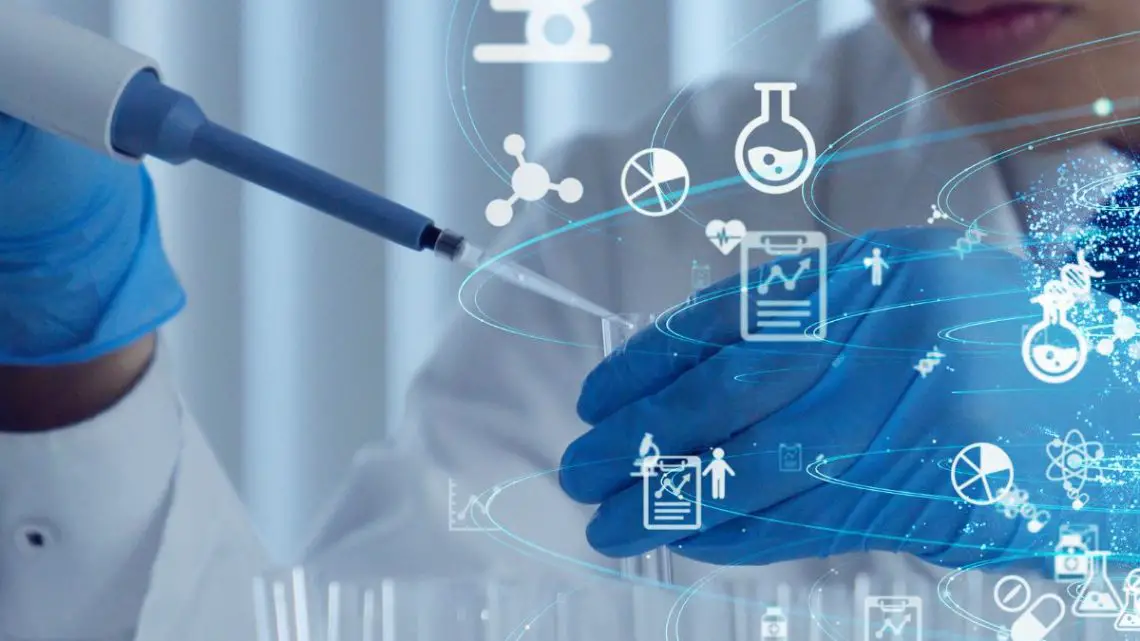
Researchers discover easier way to produce clean hydrogen fuel from seawater
November 8, 2022Seawater could become a key resource to sustainably produce green H2.
A research team from King Abdullah University of Science and Technology (KAUST) has developed a water-splitting clean hydrogen production method that delivers high-efficiency and stable hydrogen evolution electrocatalysts to split seawater.
Catalysts don’t typically perform as well in seawater as they do in fresh water.
Unlike the Earth’s precious fresh water resources, seawater makes up 95% of the planet’s water, making it a more sustainable choice for producing clean hydrogen from water splitting.
As such, seawater splitting could provide an attractive way to reach carbon neutrality. This is particularly the case when it is combined with renewable power sources like wind and solar energy, resulting in clean hydrogen production. However, one major challenge is that hydrogen and oxygen evolution catalysts that perform effectively in fresh water are not as effective in seawater.

The reason is that seawater contains highly corrosive chloride ions that undergo complex reactions that compete with oxygen evolution. These ions generate toxic compounds, such as hypochlorite, resulting in unwanted reactions and poisoned catalysts. These ions are a main challenge when it comes to splitting seawater, because to successfully produce hydrogen via water splitting, it is essential to have stable and efficient reactions at both electrodes.
Effectively splitting seawater could potentially lead to mass commercialization of clean hydrogen.
According to Chemist Huabin Zhang, who lead the KAUST research team, the formation of hypochlorite can happen because it demands less operational voltage to meet industrial needs compared to the oxygen evolution reaction.
Zhang explained that one way to overcome this issue is to design selective anode catalysts that require less voltage. The researchers found that a nickel-iridium monolayered anode catalyst demonstrated enhanced performance and stability in seawater due to synergistic effects between the catalyst’s metal components.
Zhang’s team came up with an approach that provides stable and high-efficiency hydrogen evolution electrocatalysis for splitting seawater. Ultimately, the research team produced innovative nanoreactors that exhibited high electrocatalytic activity and stability in both freshwater and seawater. The nanoreactors’ hierarchical structure is capable of isolating the electrolysis from side reactions.
The researchers are currently working on designing advanced catalysts with specific configuration to reach a more sustainable energy conversion during seawater splitting. Additionally, they are seeking greater knowledge of their seawater splitting method for future advancement and mass commercialization of this clean hydrogen production technique. Their full findings are published in the journal Chem Catalysis.
Hydrogen Cars Poll – Would you drive one if there were more stations? We want to hear from you – Vote Below⤵️[forminator_poll id=”55717″]



 With over 15 years of reporting hydrogen news, we are your premier source for the latest updates and insights in hydrogen and renewable energy.
With over 15 years of reporting hydrogen news, we are your premier source for the latest updates and insights in hydrogen and renewable energy.
I have never seen anything on this site about sunhydrogen. They are about to go into production of green hydrogen using a method they have spent 10 years developing. Check them out at sunhydrogen.com.
I’m not wealthy enough to afford a hydrogen fueled car.